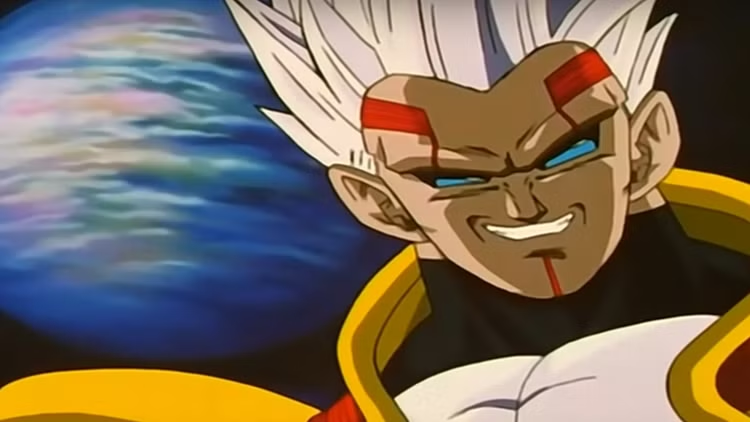
Let’s examine ten underrated Dragon Ball GT plots

A justified revenge
The story begins with the revenge of Baby, the last Tuffle, who seeks to revive his race and punish the Saiyans for past genocides. This storyline resurrects the Saiyan-Tuffle conflict, exploring the complexities of justice and reparation. Earth’s heroes, like Goku and Vegeta, who did not directly participate in Tuffle’s destruction, face the consequences of their ancestors’ actions, a parallel narrative that is echoed in “Dragon Ball Super” with Granolah and the Cerealians.
The Curse of the Androids
Far from fading away, Doctor Gero’s legacy persists in Hell, where he allies himself with Doctor Myu. Together, they not only bring Android 17 back to life in a corrupted version, but threaten to turn all of humanity into Machine Mutants. This strategic alliance highlights how rancor and genius can combine to create renewed threats.
A game between dimensions
Sugoroku Space offers a surreal interlude in which Goku, trapped in a giant board game, must juggle humor and danger. This space, a purgatory between worlds, reflects the series’ ability to blend the absurd with the cosmic, keeping alive the exploration of the strangest corners of the afterlife.
Guardian of Hell
In a heroic twist, Piccolo chooses to remain on a doomed planet Earth to neutralize the Black Star Dragon Balls and protect the future. Next, he manipulates his destiny to become the guardian of a chaotic Hell, ensuring that the darkest souls never spread terror again.
An empire reborn
Baby’s possession of Vegeta not only resurrects his more sinister nature, but culminates in an epic battle against Goku, revealing the strategic and emotional depth of both characters. This battle is not only a reflection of previous conflicts, but also leads to Goku’s impressive transformation into Super Saiyan 4.


An increase in power
Uub, fused with Buu, emerges not only with a significant increase in power but also with magical abilities, representing a logical and exciting development of his character. This pairing creatively addresses the dilemma of how to handle Buu’s legacy and potential in future narratives.
Back to the origins
“Dragon Ball GT” returns to the origins of the saga with Goku’s need to recover his tail to reach the level of Super Saiyan 4, reevaluating classic elements in a new context and demonstrating that the beginnings of the series still have a lot to offer. .
Global consequences
The introduction of the Black Star Dragon Balls highlights the catastrophic consequences of overusing these artifacts. This approach carries a layer of risk and responsibility that challenges previous complacency about the Dragon Balls.
One hell of an alliance
Frieza and Cell’s partnership in Hell is a testament to how enemies can unite to devastating effect, posing a continuing challenge for Goku and reinforcing the idea that old enemies can create new threats.
The Seven Dark Dragons
The appearance of the Shadow Dragons, born from the continued misuse of the Dragon Balls, poses a final challenge that is both a critique and a logical extension of the series’ desire dynamics. This narrative not only tests our heroes, but also invites them to reflect on the moral implications of their most cherished desires.


With these elements, “Dragon Ball GT” redeems itself as a series that, while imperfect, offers plots that will resonate for a long time in the “Dragon Ball” universe. Although initially greeted with skepticism, its appreciation grew, proving that even in its most controversial moments, the series knew how to innovate and explore.